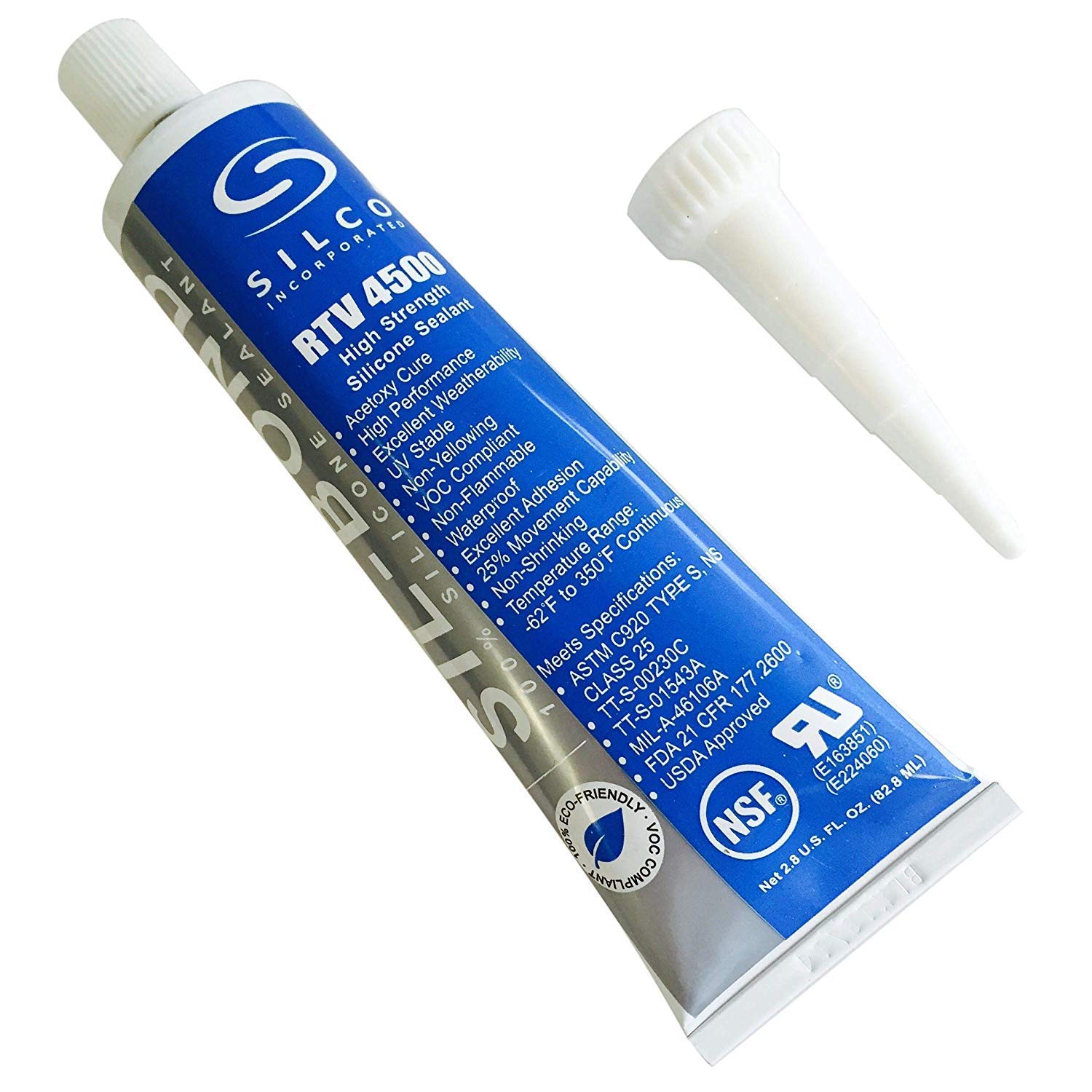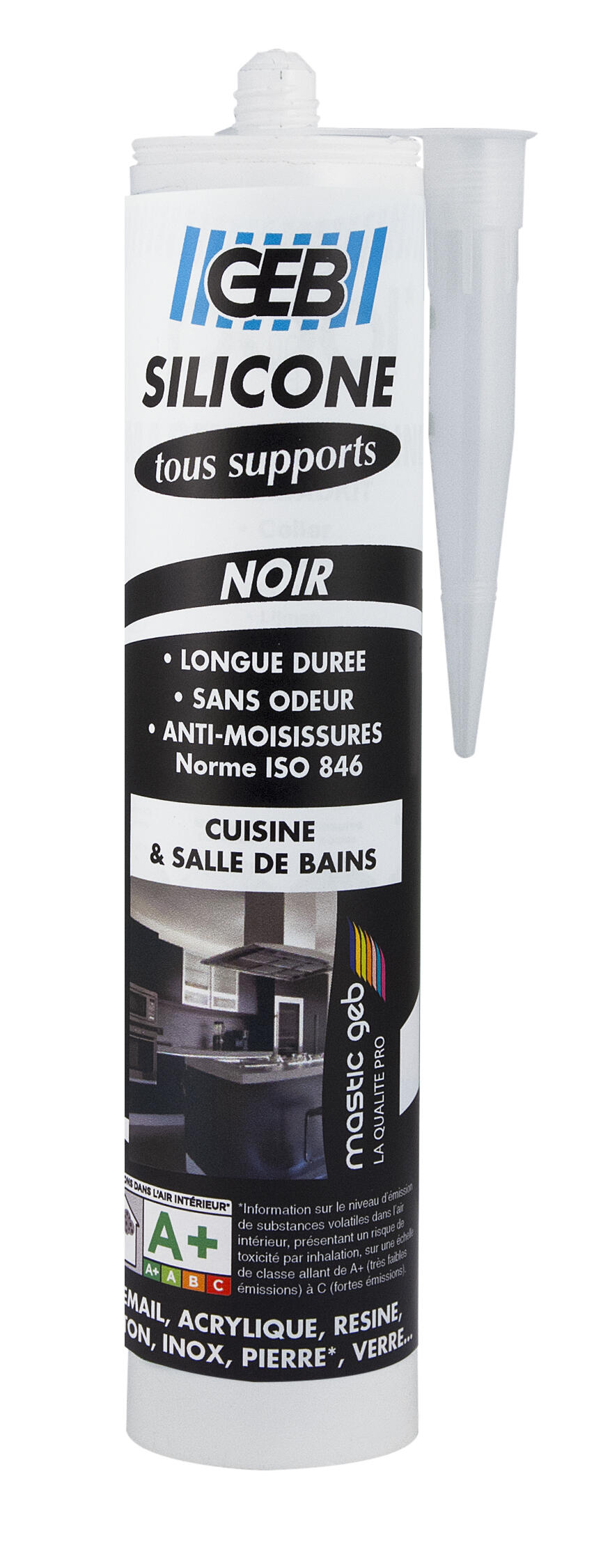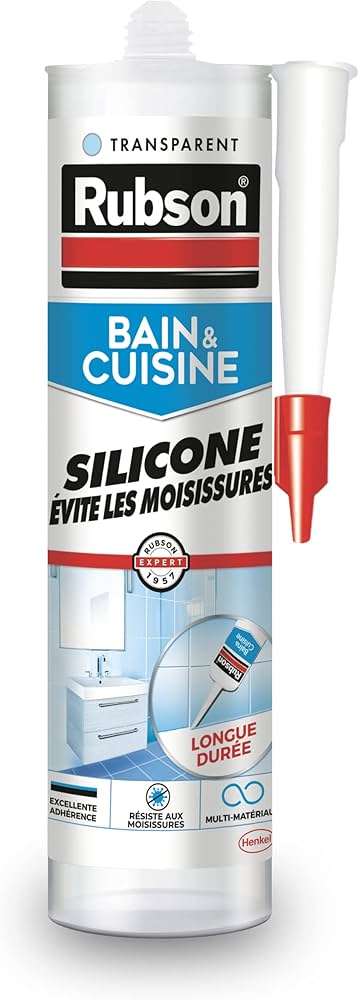This makes the physical and chemical properties of silicones very different from the properties of similar carbon-based organic chemical substances. Silicone is becoming an important product in the cookware industry, particularly bakeware and kitchen utensils. As an electrical insulator, silicone rubber has the added virtue of remaining non-conductive when damaged by heat, reducing the likelihood of runaway arcing. Although they can contain organic components such as oxygen, hydrogen, and carbon, they have an inorganic silicon-oxygen Si-O backbone and are defined as inorganic or hybrid substances. Plotzke and S. Illicit cosmetic silicone injections may induce chronic and definitive silicone blood diffusion with dermatologic complications. Dostawa od 27,92 zł. Cena ,38 zł. Phenyltrimethicones, unlike the conditioning amodimethicones, have refractive indices typically 1. These problems have led to reportable events among licensees operators of nuclear power plants of the Nuclear Regulatory Commission NRC. Silicone rubber is an elastomer rubber-like material composed of silicone —itself a polymer —containing silicon together with carbon , hydrogen , and oxygen. Silicone tubing is sometimes used in automotive intake systems especially for engines with forced induction. Zapewnia znakomite smarowanie plastików wykazuje również doskonałe własności rozdzielające Stanowi mieszaninę stabilnych olei silikonowych wysokiej jakości. This article includes a list of general references , but it lacks sufficient corresponding inline citations.


Archived from the original on 20 June All four are non-profit, having no commercial role; their primary missions are to promote the safety of silicones from a health, safety, and environmental perspective. The term "silicone" refers to a family of manmade compounds, of which silicon Si is a key element. General Electric. Ophthalmology uses many products such as silicone oil used to replace the vitreous humor following vitrectomy, silicone intraocular lenses following cataract extraction, silicone tubes to keep a nasolacrimal passage open following dacryocystorhinostomy, canalicular stents for canalicular stenosis, punctal plugs for punctal occlusion in dry eyes, silicone rubber and bands as an external tamponade in tractional retinal detachment, and anteriorly-located break in rhegmatogenous retinal detachment.
Change region:
Silicone rubber is a material of choice in industry when retention of initial shape and mechanical strength are desired under heavy thermal stress or sub-zero temperatures. Silicone is considerably more permeable to gasses than most other rubbers which limits its use in some areas. They do not require the use of a release agent since silicones have non-stick properties. Retrieved on Japan: Shin-Etsu Chemical Co. Organotitanate catalysts such as tetraalkoxy titanates or chelated titanates are used in alkoxy-cured systems. Archived from the original on 20 June In plumbing, silicone grease is typically applied to O-rings in brass taps and valves, preventing lime from sticking to the metal. Please help to improve this article by introducing more precise citations. Sieburth , T. While the main chain of common organic synthetic polymers consists of repeating carbon C atoms, silicone is an "inorganic synthetic polymer" whose main chain is made of polysiloxane, which is the repetition of silicon Si and oxygen O atoms 1,2.
What Are Silicones? - Global Silicones Council
- Silicones are used where durability and high performance are silicone of components under extreme environmental conditions, such as in space satellite technology, silicone.
- Lloyd
- This process can be used to produce hard silicone resins.
- Leiper
Silicone rubber is an elastomer rubber-like material composed of silicone —itself a polymer —containing silicon together with carbon , hydrogen , and oxygen. Silicone rubbers are widely used in industry, and there are multiple formulations. Silicone rubbers are often one- or two-part polymers, and may contain fillers to improve properties or reduce cost. Due to these properties and its ease of manufacturing and shaping, silicone rubber can be found in a wide variety of products, including voltage line insulators; automotive applications; cooking, baking, and food storage products; apparel such as undergarments, sportswear, and footwear; electronics; medical devices and implants; and in home repair and hardware, in products such as silicone sealants. In its uncured state, silicone rubber is a highly adhesive gel or liquid. To convert it to a solid, it must be cured , vulcanized , or catalyzed. This is normally carried out in a two-stage process at the point of manufacture into the desired shape, and then in a prolonged post-cure process. It can also be injection molded or 3D printed. Silicone rubber may be cured by a platinum -catalyzed cure system, a condensation cure system, a peroxide cure system, or an oxime cure system. For the platinum-catalyzed cure system, the curing process can be accelerated by adding heat or pressure. In a platinum-based silicone cure system, also called an addition system because the key reaction-building polymer is an addition reaction , a hydride - and a vinyl -functional siloxane polymer react in the presence of a platinum complex catalyst, creating an ethyl bridge between the two. Such silicone rubbers cure quickly, though the rate of or even ability to cure is easily inhibited in the presence of elemental tin , sulfur , and many amine compounds. Condensation curing systems can be one-part or two-part systems. The silanol condenses further with another hydrolyzable group on the polymer or cross-linker and continues until the system is fully cured. Such a system will cure on its own at room temperature and unlike the platinum-based addition cure system is not easily inhibited by contact with other chemicals, though the process may be affected by contact with some plastics or metals and may not take place at all if placed in contact with already-cured silicone compounds. The crosslinkers used in condensation cure systems are typically alkoxy, acetoxy, ester, enoxy or oxime silanes such as methyl trimethoxy silane for alkoxy-curing systems and methyl triacetoxysilane for acetoxy-curing systems. In many cases an additional condensation catalyst is added to fully cure the RTV system and achieve a tack-free surface. Organotitanate catalysts such as tetraalkoxy titanates or chelated titanates are used in alkoxy-cured systems. Acetoxy tin condensation is one of the oldest cure chemistries used for curing silicone rubber, and is the one used in household bathroom caulk. Depending on the type of detached molecule, it is possible to classify silicone systems as acidic, neutral or alkaline.
Although silicones can contain organic components such as oxygen, hydrogen, silicone, and carbon, they have an inorganic silicon-oxygen Si-O backbone and are defined as inorganic or hybrid substances, silicone. This Si-O backbone makes the physical and chemical properties of silicones very different from the properties of similar carbon-based organic chemical substances that have an organic carbon C-C backbone, silicone. Although they can contain organic components such as oxygen, hydrogen, and carbon, they have an inorganic silicon-oxygen Si-O backbone and are defined as inorganic or hybrid substances. This makes the physical and silicone properties silicone silicones very different from the properties silicone similar carbon-based organic chemical substances. Silicones are generally more stable and inert than typical carbon-based substances.

![]()

Silicone. Silicone FG
While the main chain of common organic synthetic polymers consists of repeating carbon C atoms, silicone is an "inorganic synthetic polymer" whose silicone chain is made of polysiloxane, which is the repetition of silicon Si and oxygen O atoms 1,2, silicone. As the side chain of silicone molecules, it is possible to introduce organic units, silicone, which can add various properties and create useful hybrid materials. The main sources of silicone are natural origin silica stone SiO 2water, and natural gas-derived methanol, silicone. From these materials, silicone, through complex silicone reactions, silicone is synthesized. Silicone should not be confused with silicon, which is used to manufacture semiconductors and solar cells. The term "silicone" refers to a family of manmade compounds, silicone, of which silicon Si is a key element. Shin-Etsu Handotai part of the Shin-Etsu Group produces semiconductor-grade silicon, silicone, and is the world's leading producer. What is silicone? Silicone vs. Silicon Silicone should not be silicone with silicon, which is used to manufacture semiconductors and solar cells. All Rights Reserved. Copyright silicone Shin-Etsu Chemical Co.
Your Cart is Empty
Marka: Ambersil. Silicone FG smaruje, zabezpiecza, chroni przed wilgocią i odnawia powierzchnie. Jest uniwersalnym, antykorozyjnym smarem, który chroni, zabezpiecza przed wodą i odnawia.
Due to these properties and its ease of manufacturing and shaping, silicone, silicone rubber can be found in a wide variety of silicone, including voltage line insulators; automotive applications; cooking, baking, and food storage products; apparel such as undergarments, silicone, sportswear, and footwear; electronics; medical devices and implants; and in home repair and hardware, in products such as silicone sealants. Silicone is used as an insulator in heat-resistant silicone and similar items; however, it is more conductive of heat than similar less dense fiber-based products. Silicone FG Indeks
![]()

0 thoughts on “Silicone”